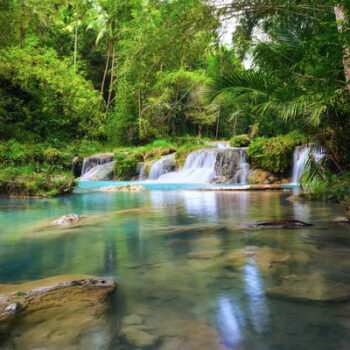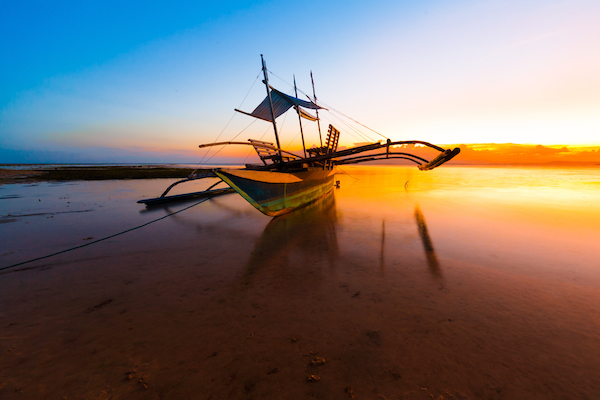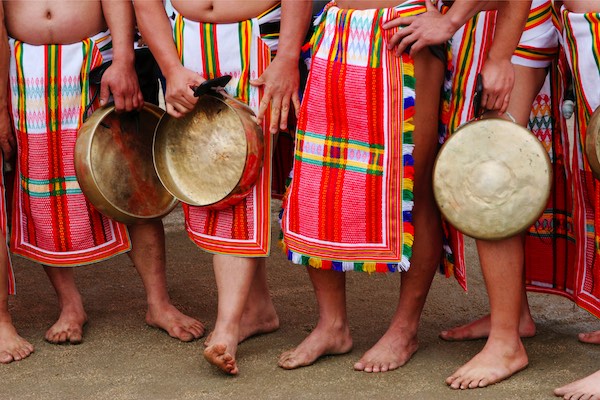What our travellers say
An unforgettable experience, pictures don’t do it justice

Thanks a lot for creating such a great trip. It was truly magical and given a chance we would like to go there every year. We came back with everlasting memories. It really makes a difference to get a plan from someone like Marbree who has explored there.







